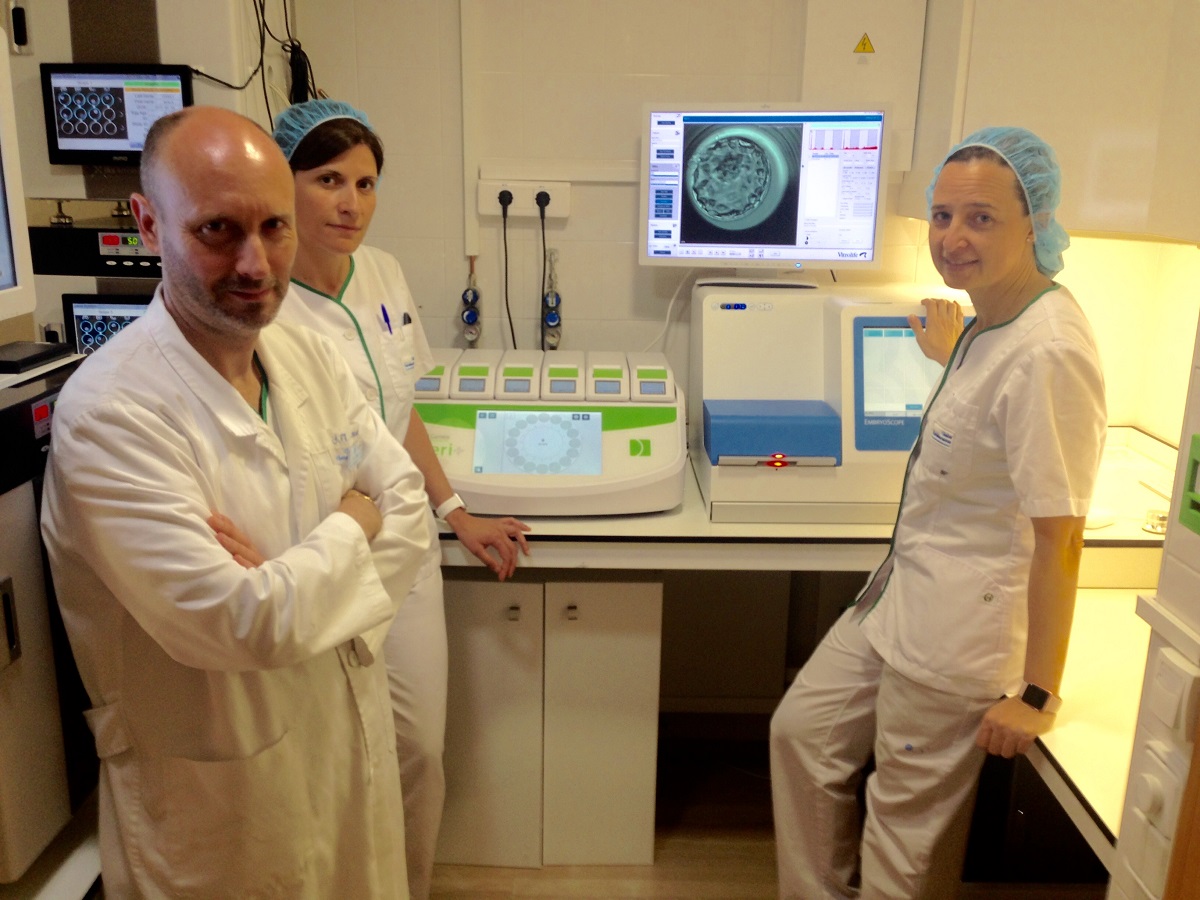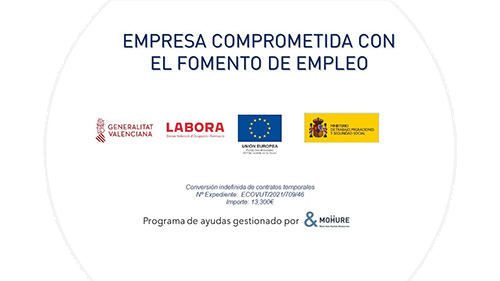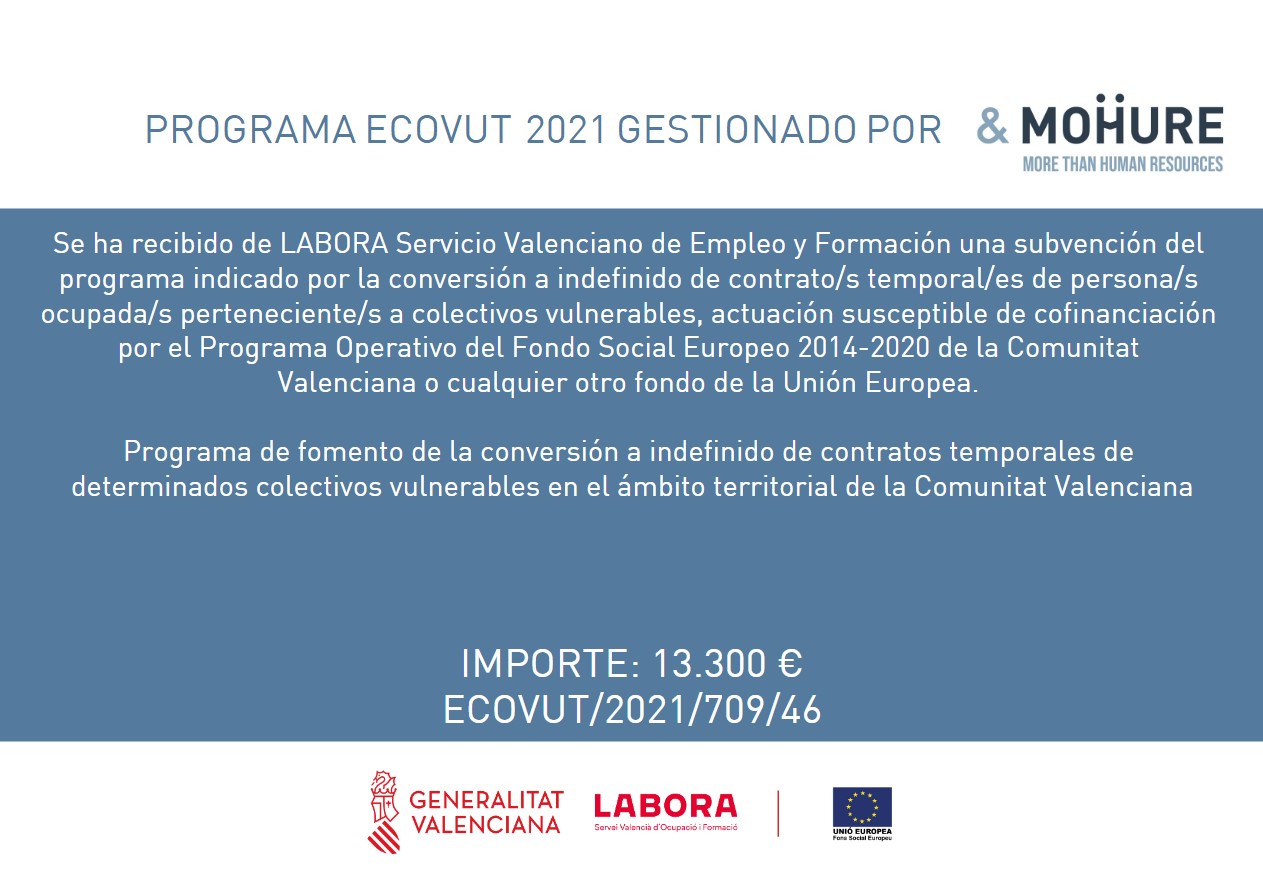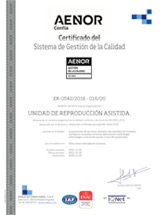The Vistahermosa Reproduction Unit preserves the quality of ovules and sperm intact, so you can decide the right moment to start a family

If a woman wants to become a mother but she decides to delay her motherhood due to personal, work or economic circumstances, she must vitrify her eggs at a fertile age, between 25 and 35 years old. Likewise, this procedure is also recommended in certain medical circumstances, such as young patients diagnosed with cancer, autoimmune diseases, bone marrow transplants or endometriosis, whose treatments threaten their fertility. Other cases are women and men who do not have a partner of fertile age but wish to become parents in the future.
The gametes vitrification is the most advanced technique to preserve motherhood with guarantees, preserving all the quality of ovules and sperm. In the case of ovules, the procedure is similar to an in vitro fertilization.
It consists of performing an ovarian stimulation with the aim of producing several ovules in the same ovulation. These ovules are extracted through a follicular puncture and they are vitrified, that is, they are frozen at an ultra-fast speed with cryoprotective substances, passing from a culture temperature of 37º to a cryopreservation temperature of -196º, preserving in liquid nitrogen, as long as desired, and keeping the cells intact for later use.
The main advantage of this process compared to traditional freezing is that the rapidity of freezing prevents the formation of ice crystals that can damage the ovule, obtaining unbeatable clinical results that are around 97%, similar to fresh oocytes. However, slow freezing works perfectly with sperm cells, since being very small cells with little volume cannot form crystals that can harm their internal structure.
With this revolutionary advance of Reproductive Medicine, it is possible today to decide when is the right time to start a family. “Research and high technology respond to the problems of infertility that current society presents,” says José López Gálvez, Director of Vistahermosa Reproduction Unit.
According to the specialist “we must consider that after 35 years fertility decreases, and after 40, 75% of the eggs have some genetic alteration, which increases the probability of abortion by 40%. Similarly, semen quality has fallen by 40% compared to 10 years ago, both in concentration and motility. That is why it is essential to know the alternatives that exist today and that allow a woman to use her own ovules, which are vitrified in full fertile age, to become a mother in advanced age, with all the guarantees that her gametes are in perfect condition preserving the same quality.











